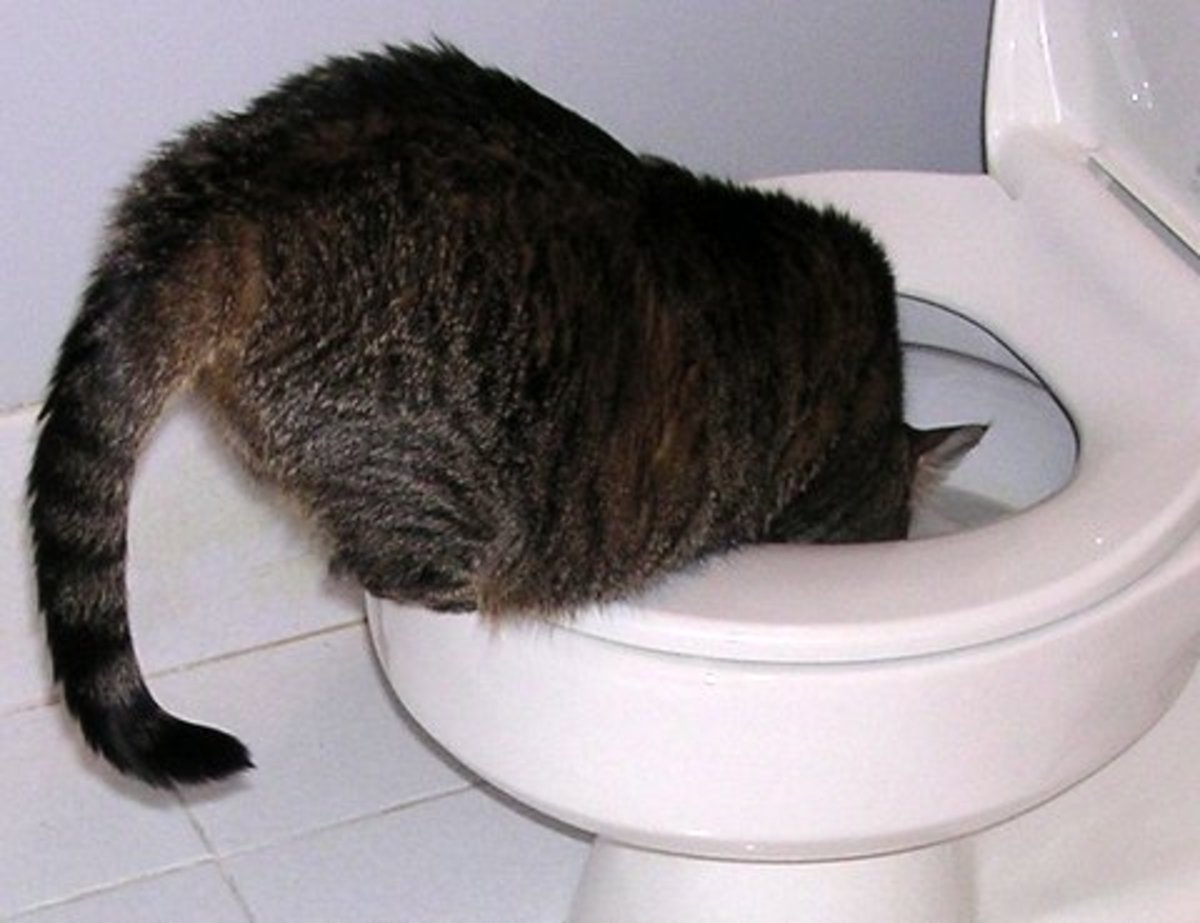Potential Risks of Flushing Cat Poop Down Your Toilet - Tips for Better Handling
Course DetailWhat're your opinions about Can You Flush Cat Poo or Litter Down the Toilet??

Introduction
As cat proprietors, it's necessary to be mindful of exactly how we deal with our feline good friends' waste. While it may seem practical to purge feline poop down the toilet, this method can have harmful effects for both the atmosphere and human health.
Alternatives to Flushing
Fortunately, there are much safer and more accountable ways to dispose of feline poop. Take into consideration the complying with choices:
1. Scoop and Dispose in Trash
The most usual method of throwing away pet cat poop is to scoop it right into a biodegradable bag and toss it in the garbage. Make sure to use a devoted litter inside story and throw away the waste immediately.
2. Use Biodegradable Litter
Select biodegradable feline clutter made from products such as corn or wheat. These litters are eco-friendly and can be safely disposed of in the trash.
3. Bury in the Yard
If you have a lawn, take into consideration hiding pet cat waste in a designated area away from vegetable gardens and water sources. Make sure to dig deep enough to stop contamination of groundwater.
4. Mount a Pet Waste Disposal System
Invest in a family pet waste disposal system especially designed for pet cat waste. These systems use enzymes to break down the waste, decreasing smell and ecological effect.
Health Risks
In addition to ecological worries, flushing feline waste can likewise present health dangers to humans. Cat feces may have Toxoplasma gondii, a parasite that can cause toxoplasmosis-- a potentially severe disease, particularly for pregnant females and people with weakened immune systems.
Environmental Impact
Purging pet cat poop presents hazardous pathogens and parasites into the supply of water, presenting a significant danger to aquatic environments. These contaminants can adversely impact marine life and compromise water top quality.
Conclusion
Accountable pet dog possession expands past supplying food and shelter-- it also involves proper waste management. By avoiding flushing cat poop down the bathroom and opting for different disposal techniques, we can minimize our environmental footprint and secure human wellness.
Why Can’t I Flush Cat Poop?
It Spreads a Parasite
Cats are frequently infected with a parasite called toxoplasma gondii. The parasite causes an infection called toxoplasmosis. It is usually harmless to cats. The parasite only uses cat poop as a host for its eggs. Otherwise, the cat’s immune system usually keeps the infection at low enough levels to maintain its own health. But it does not stop the develop of eggs. These eggs are tiny and surprisingly tough. They may survive for a year before they begin to grow. But that’s the problem.
Our wastewater system is not designed to deal with toxoplasmosis eggs. Instead, most eggs will flush from your toilet into sewers and wastewater management plants. After the sewage is treated for many other harmful things in it, it is typically released into local rivers, lakes, or oceans. Here, the toxoplasmosis eggs can find new hosts, including starfish, crabs, otters, and many other wildlife. For many, this is a significant risk to their health. Toxoplasmosis can also end up infecting water sources that are important for agriculture, which means our deer, pigs, and sheep can get infected too.
Is There Risk to Humans?
There can be a risk to human life from flushing cat poop down the toilet. If you do so, the parasites from your cat’s poop can end up in shellfish, game animals, or livestock. If this meat is then served raw or undercooked, the people who eat it can get sick.
In fact, according to the CDC, 40 million people in the United States are infected with toxoplasma gondii. They get it from exposure to infected seafood, or from some kind of cat poop contamination, like drinking from a stream that is contaminated or touching anything that has come into contact with cat poop. That includes just cleaning a cat litter box.
Most people who get infected with these parasites will not develop any symptoms. However, for pregnant women or for those with compromised immune systems, the parasite can cause severe health problems.
How to Handle Cat Poop
The best way to handle cat poop is actually to clean the box more often. The eggs that the parasite sheds will not become active until one to five days after the cat poops. That means that if you clean daily, you’re much less likely to come into direct contact with infectious eggs.
That said, always dispose of cat poop in the garbage and not down the toilet. Wash your hands before and after you clean the litter box, and bring the bag of poop right outside to your garbage bins.
https://trenchlesssolutionsusa.com/why-cant-i-flush-cat-poop/

I discovered that blog post about How to Dispose of Cat Poop and Litter Without Plastic Bags when doing a lookup on the search engines. Do you know about another person who is serious about the subject? Feel free to promote it. Thanks a lot for your time. Don't forget to come visit our site back soon.
Call Today